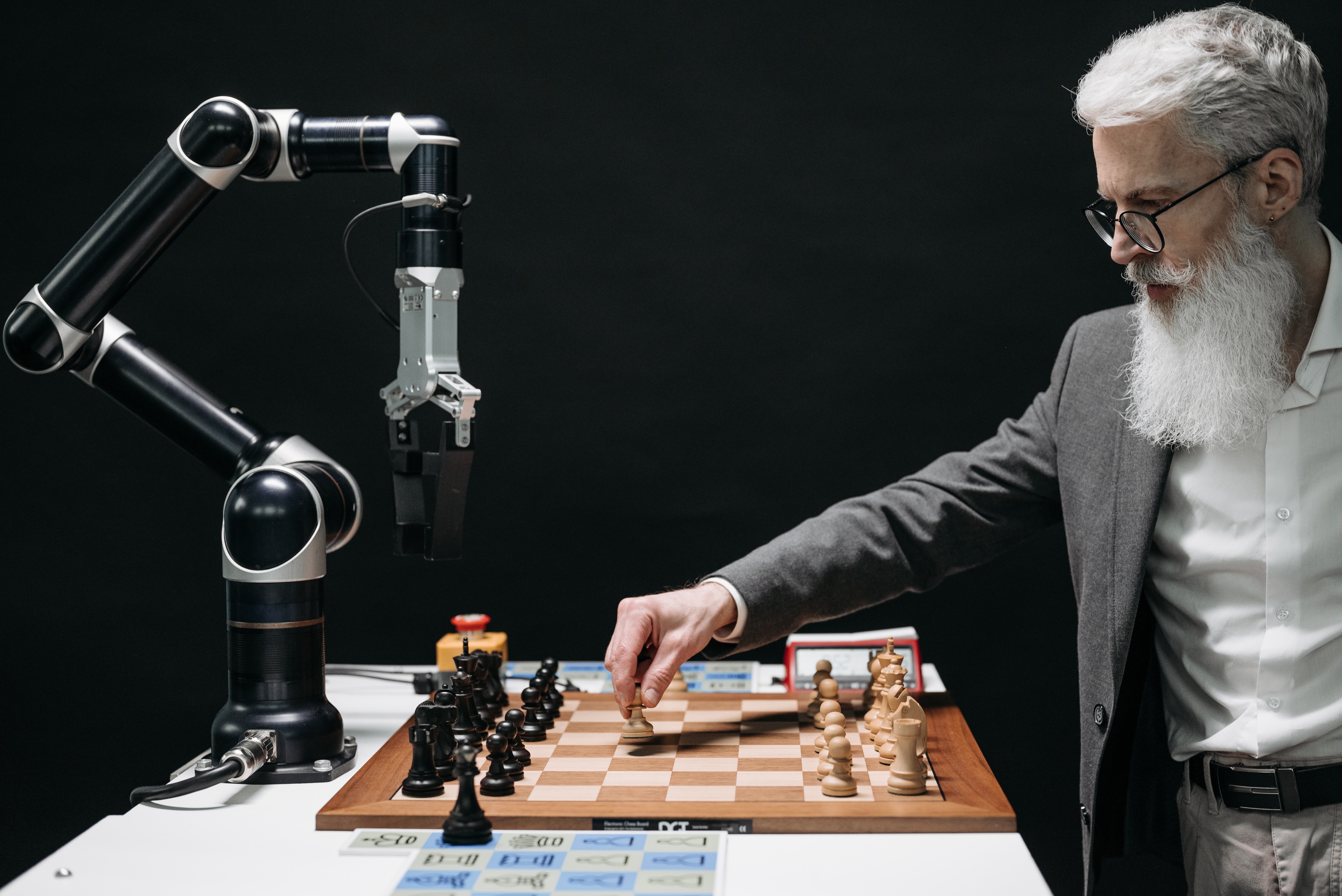The artificial dilemma
Artificial Intelligence continues to grow more prevalent with each passing day. At Cabrini University, students and administration highlight the dilemma between academic honesty and using it as a tool to get a job done. But with all jobs, some require a scalpel and some a hammer.
Artificial intelligence is a powerful self-learning algorithm. How is the technology being used at Cabrini? Is it frowned upon by the faculty? Why is AI seen as a threat?
Cabrini vs the machine
Ed Burns, a former executive editor at TechTarget, explained in his article “Artificial Intelligence (AI)” that AI is the process of implementing a system that simulates human intelligence. He wrote, “In general, AI systems work by ingesting large amounts of labeled training data, analyzing the data for correlations and patterns, and using these patterns to make predictions about future states.” An example of a widely used AI system that students use is Chat GPT.
Assistant Professor of Computer and Information Sciences, and Coordinator of Master of Science in Data Science program Dr. Daniel Wu said Chat GPT is a language model, making it sufficient in producing responses for text-based assignments such as essays and writing prompts.
Associate Professor and the Dean for Retention and Student Success Dr. Kimberly L. Boyd said, “You’re not showing independent thought by having artificial intelligence create something for you, so for certain classes, I think AI really doesn’t demonstrate a student’s abilities and skills.”
But she also said for other classes she’s not sure she objects to the use of this technology. She’d relate it to a calculator. “If you’ve learned and mastered certain skills, I think AI could be just a tool to speed up the writing of certain things that don’t require creative and independent thought,” said Boyd. “I think it’s totally disciplinary specific, as long as you have the skills to critically review what is written, and make sure it is accurate and true, I think it has some value.”
Boyd said if a student is penalized for the abuse of this technology, the repercussions depend on how it was used in the reported situation.

But how could a student be caught? If the article you’re reading right now was produced by artificial intelligence, how would one distinguish it from the work of a student journalist?
One possible application a teacher can use is an AI detector. Such as Winston AI, Originality.ai, or GPTZero.
A student’s response
Adley Laflaur, a junior computer science major, said he uses AI a lot, but for “educational purposes.” He said, “I use it to get information, or to explain something for me better. I see it more as a tool, just like any other tool that’s helpful.”
Lafleur and Boyd, a student and an administrator, see the similarities in using AI’s advanced data processing to help a student. But both also acknowledge similar issues. Surprisingly, Laflaur said AI is more of a “downside” than a positive.
“You get the problem done, yeah, but then you walk out with no understanding,” said Laflaur. He noted that AI is just a powerful tool, which, at the end of the day, one could use for cheating.
Wu’s unsettling prediction
Wu worries about the existential possibilities. The way that AI is designed makes him believe in extreme outcomes, such as AI becoming self-aware, or AI synthesizing their own morals. He said the

methodology behind how humans process data, by intaking new information and correlating it with old information, to problem solve and predict outcomes, has been built into AI. The same design pushes humans to develop rational decision making in their own surroundings for their own survival. So, what is stopping AI from reaching this stage if the groundwork is laid out for them? Will AI one day become self-aware in their digital environment?
What is AI to a student? A tool? And what is the student to AI?
Wu said, “When a machine makes its own decision, can you control it? That’s the concern here.”






